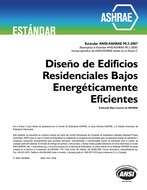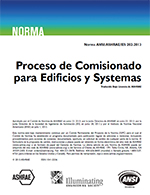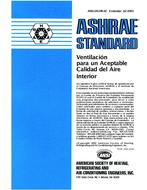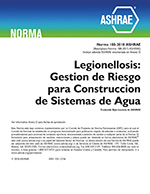Description
We report on an experimental study of the effects of relative humidity and temperature on the transport of water vapor and CO2 through a series of standard polymeric materials to determine their potential for use as membrane media in energy recovery ventilators (ERVs). Results are reported for four polymers of two major types (glassy and rubbery). The selectivity of water vapor over CO2 is also evaluated from permeation experiments. Permeability results show that rubbery membrane samples, with glass transition temperatures well below the temperature range of experiments (30°C to 50°C), have a higher water vapor permeability and a much higher CO2 permeability compared to glassy membrane samples. This is hypothesized to be mainly due to the higher diffusivity of water vapor and CO2 in rubbery polymers with higher chain flexibility leading to a much lower selectivity for rubbery membrane samples. In all polymer samples, water vapor permeability increases with relative humidity (up to an order of magnitude) and decreases with temperature. This is attributed to the negative enthalpy of water vapor sorption dominating its activation energy of permeation, which is associated with a lower solubility at higher temperatures. In contrast, CO2 permeability increases with temperature because of the positive activation energy of CO2 permeation. CO2 permeability decreases slightly with increasing relative humidity (up to 30%), which is hypothesized to be due to the competitive sorption between water vapor and CO2 at higher humidity levels. Therefore, the selectivity of membrane samples for water vapor over CO2 decreases with temperature and increases with relative humidity, and these trends are dominated by water vapor permeability variations. In general, the permeability results reported here suggest that ERV exchangers using polymer membranes can achieve high latent effectiveness (i.e. very high water vapor permeability) over a wide range of operating temperature and relative humidity while maintaining very low CO2 permeability and crossover rates (<1%).
Citation: 2017 Annual Conference, Long Beach, CA, Conference Papers
Product Details
- Published:
- 2017
- Number of Pages:
- 8
- Units of Measure:
- Dual
- File Size:
- 1 file , 950 KB
- Product Code(s):
- D-LB-17-C067




